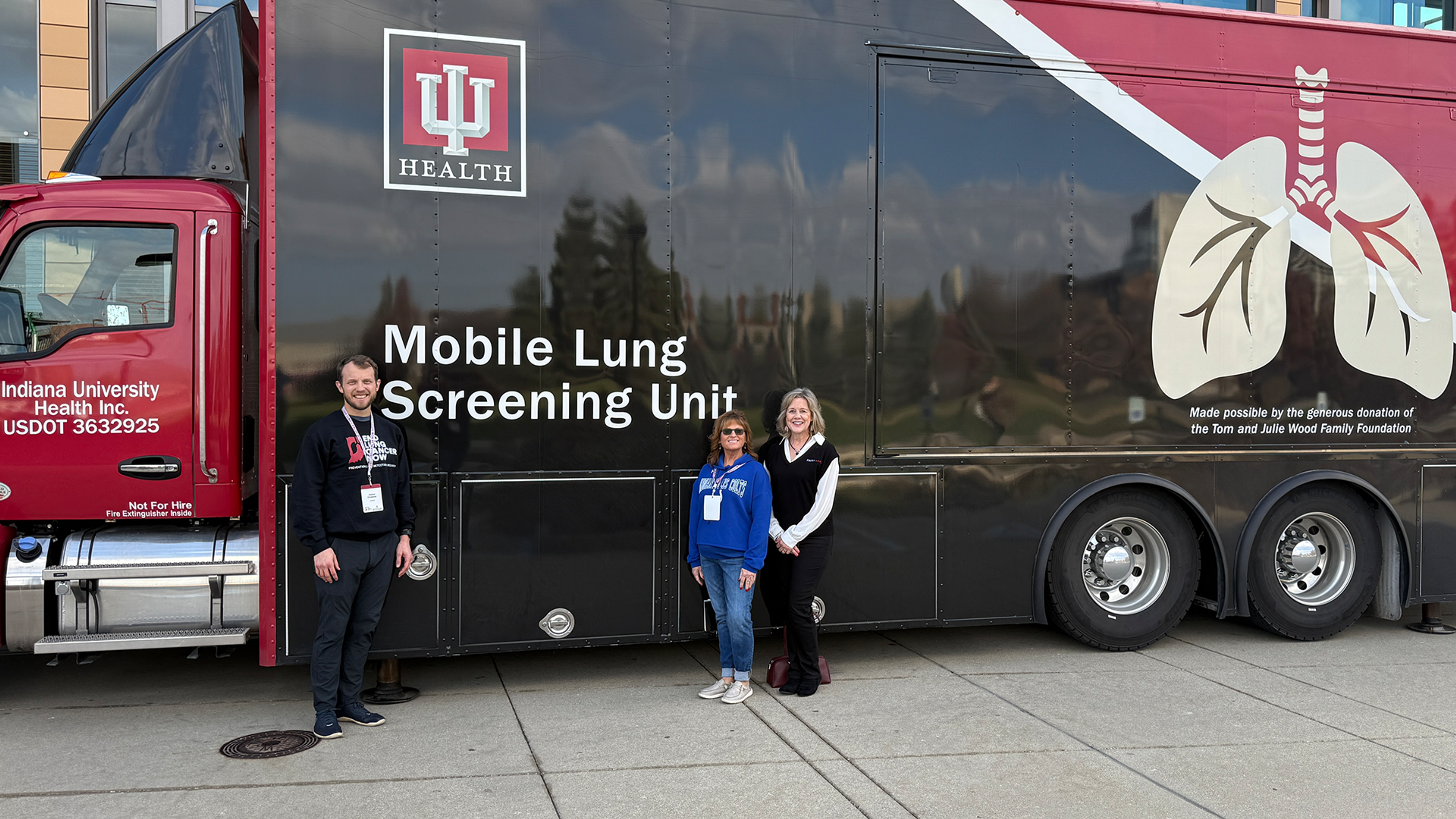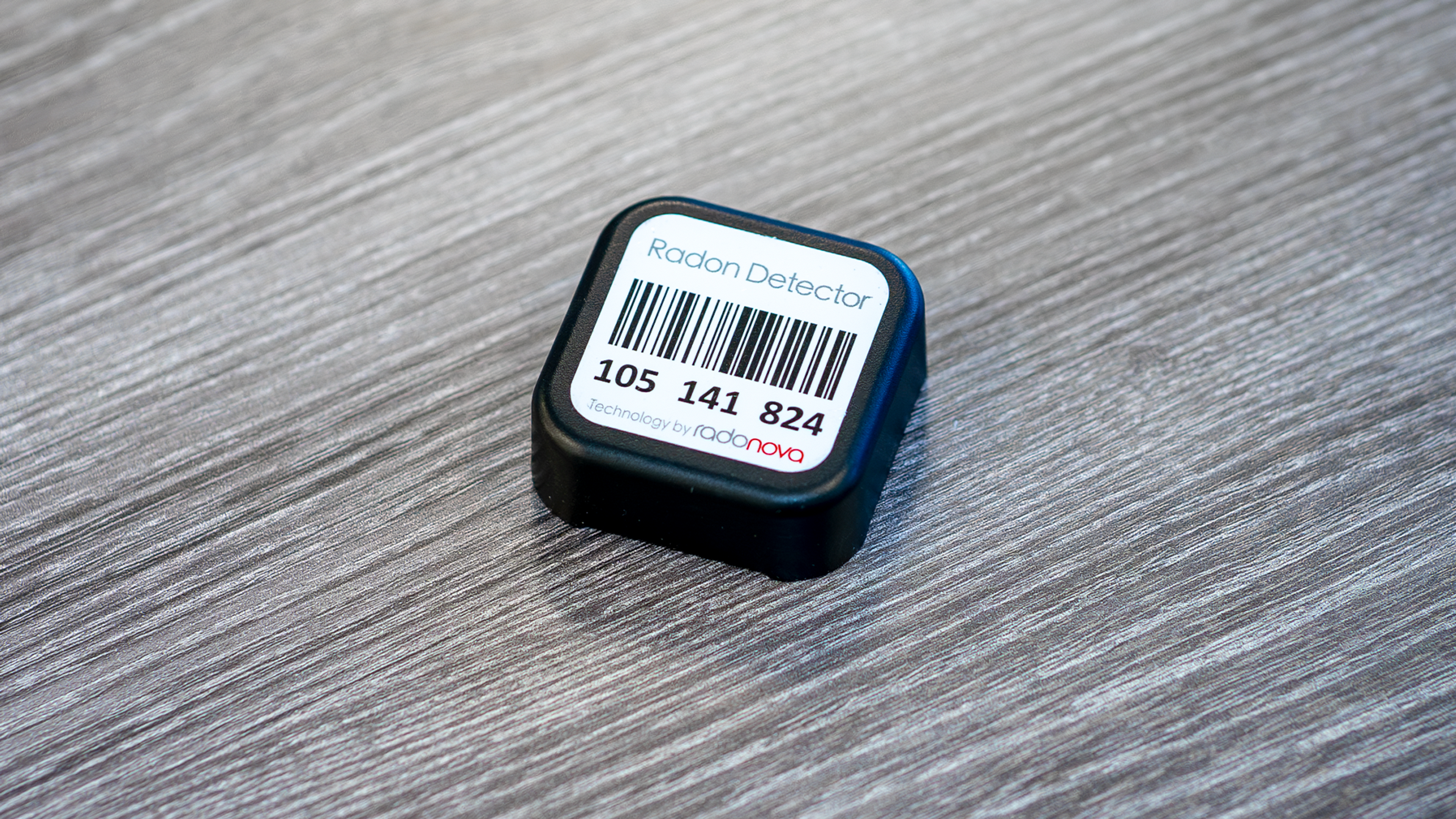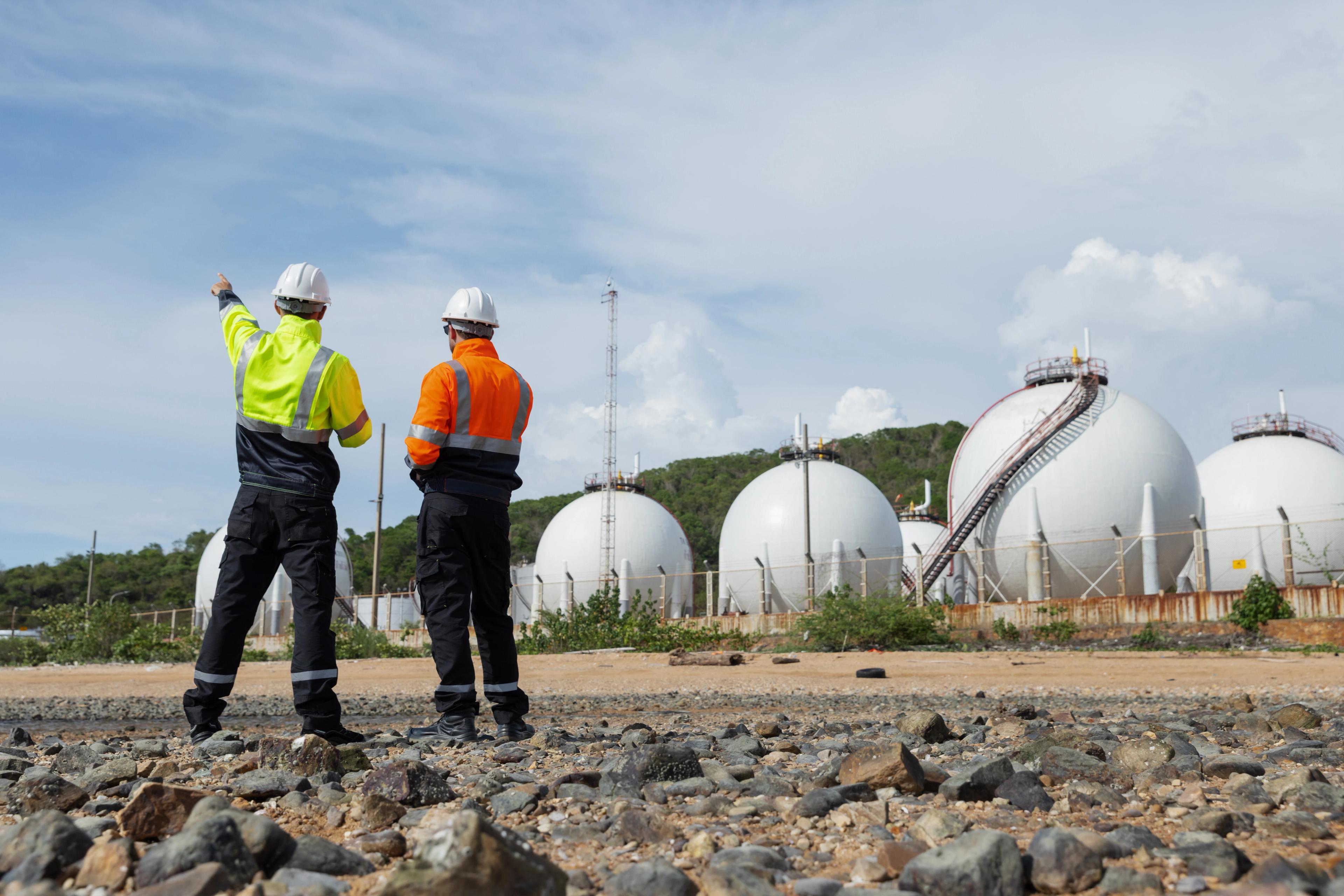

Radon and Health: Insights from Recent Research
Radon gas exposure continues to be the number two cause of lung cancer in the United States and Canada, after smoking. Originally linked to lung cancer in uranium mine workers in the 1980s, further research revealed radon to be a health threat in homes, schools, and workplaces.
Research continues to uncover the significant health risks of radon exposure and its strong link to lung cancer and other illnesses. Recent findings include:
Childhood Leukemia. A study at Oregon State University found a connection between childhood leukemia and radon, even “at concentrations below the EPA’s recommended guideline for mitigation. ”This 18-year statistical modeling study of residential radon exposure included 727 counties spread across 14 states. The research states that exposure to radon in children “mutates cells in the immune system and bone marrow, leading to DNA damage…and consequently inducing childhood leukemia. ”Oregon State University Assistant Professor Dr. Matthew Bozigar, who led the research says, “We are working on many different radon studies, and we are continuing to find harmful effects not limited to the lungs in adults.”
Stroke Risk in Women. A study published in the American Academy of Neurology associated radon with an increased risk of ischemic stroke in middle age to older females. In a similar study, residential radon exposure was linked to a condition called clonal hematopoiesis of indeterminate potential (CHIP). Risk factors of CHIP include blood cancers, heart attacks, strokes, and other diseases.
Increased Lung Cancer Risk for Smokers. Smokers who are also exposed to radon have an even greater chance of developing lung cancer according to the American Lung Association. Some estimates suggest the “synergistic risk” of radon-induced lung cancer in smokers is five to ten times greater than in non-smokers. However, on a positive note, early lung cancer screening is not covered by Medicare or insurance companies unless you are a current smoker or have a smoking history. Therefore, current smokers or those who have recently quit may be able to take advantage of early lung cancer screening and detection.
Radon Risk In Rural Homes. Researchers at the University of Calgary have linked higher radon exposure in Canadian rural homes to how close the home is to groundwater wells. Radon in water is not typically an issue in public/municipal water supplies. Radon in water becomes an issue when the water source is from an underground well with the assumption that radon is in the water. But this study found that it is the presence of groundwater wells and not the water from those wells that contributes to higher radon problems in Canadian homes. It is hypothesized that the space between the well water hole and the casing provides an easy route for radon gas in the soil to diffuse upwards to the ground surface. This would then mean that radon isn’t entering a home from the water, but is instead emanating upward to the soil near the home from the water well hole.
These studies from 2024 highlight the ongoing need for public awareness and proactive measures to address radon exposure. It is estimated that 1 in 15 U.S. homes have high radon according to the EPA and 1 in 5 Canadian homes have high radon according to the 2024 Cross-Canada Radon Study.
Radon is an odorless and colorless radioactive gas released during the natural decay of uranium in soil and rocks around homes, schools, and workplaces. It seeps into homes through cracks and other openings in the foundation, such as sump holes or drains. It is responsible for approximately 24,000 lung cancer deaths per year in the United States and Canada, according to the EPA and Health Canada.
Click here to stay informed about radon industry news and product discounts.





